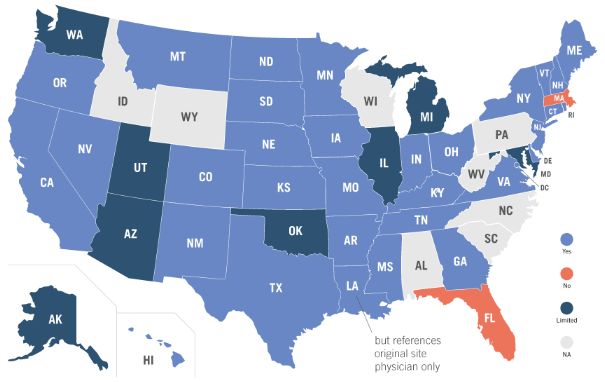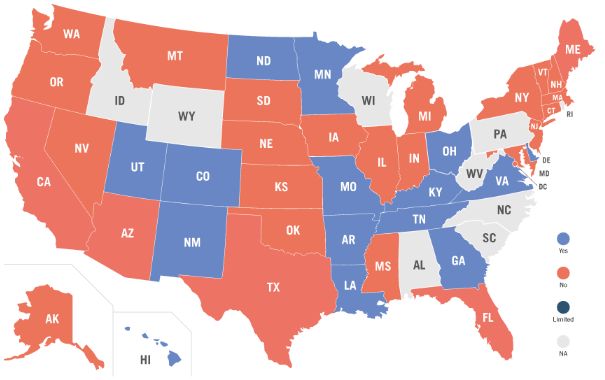For years, Foley has monitored legal policy in the telemedicine and digital health industry, following how advances in technology have coupled with improved state regulations to supercharge the growth of telehealth and virtual care services in the United States. We now share the results of our 2019 survey, which confirm significant legal advancements supporting the industry. We decided to share our findings to help hospitals, provider groups, telehealth entrepreneurs, and policymakers better understand the current state of affairs and advocate for change to improve access to and meaningful coverage and reimbursement of telehealth services.
In our original 2014 Telemedicine Survey, 87% of surveyed providers reported they did not expect their patients to use telemedicine. In a follow-up survey three years later, our 2017 findings reported a surging demand in telemedicine services, with three quarters of surveyed providers stating they had already implemented, or were planning to implement, telemedicine services. Fast-forward another two years and, while reimbursement constraints remain a major frustration for telehealth, the policy landscape has significantly improved.
Foley's 50-state survey of telehealth commercial payer statutes examines each individual state and the District of Columbia (DC). We provide the actual language of all the statutes and regulations and have created a multistate table and various heat maps to better illustrate the landscape and give policymakers and industry advocates a macro perspective. Our summaries and analyses reveal trends and patterns, and highlight subtle but important differences between state law language.
Coverage Provisions

While it is true that clarity of coverage and limitations on reimbursement remain major frustrations for telehealth growth, the legal landscape has materially improved. Currently, 42 states and DC maintain some sort of state telehealth commercial payer law; a sea change compared to a decade ago. California is the most recent example of a state amending its prior telehealth coverage law to improve it and better account for the current state of telehealth.
Reimbursement Provisions

In 2020, we anticipate more efforts among states to update their prior telehealth coverage laws to keep pace with the industry's growth. For that reason, we included in our survey model legislative language for stakeholders to consider when advocating for changes to these state laws.
With the holiday season upon us, we want to take a moment to extend our sincere gratitude and thanks to the telehealth advocacy groups, professional associations, academic medical centers, lawmakers, visionary start-ups, bold entrepreneurs, the Telehealth Resource Centers, the Center for Connected Health Policy, the American Telemedicine Association, the Center for Telehealth and e-Health Law, and all the individuals who have helped – and continue to help – make telehealth what it is today. You have been relentless in your energy, enthusiasm, and shared conviction that virtual care technologies can, and will, change the way healthcare is delivered.
To read the full survey, download the 2019 report.
The content of this article is intended to provide a general guide to the subject matter. Specialist advice should be sought about your specific circumstances.


